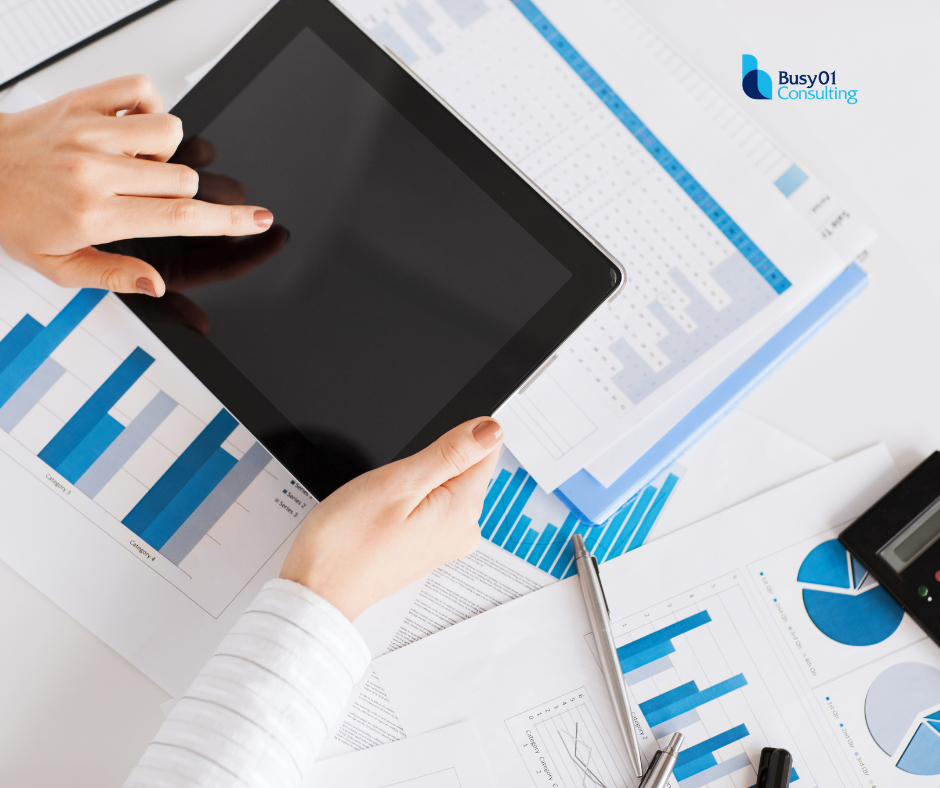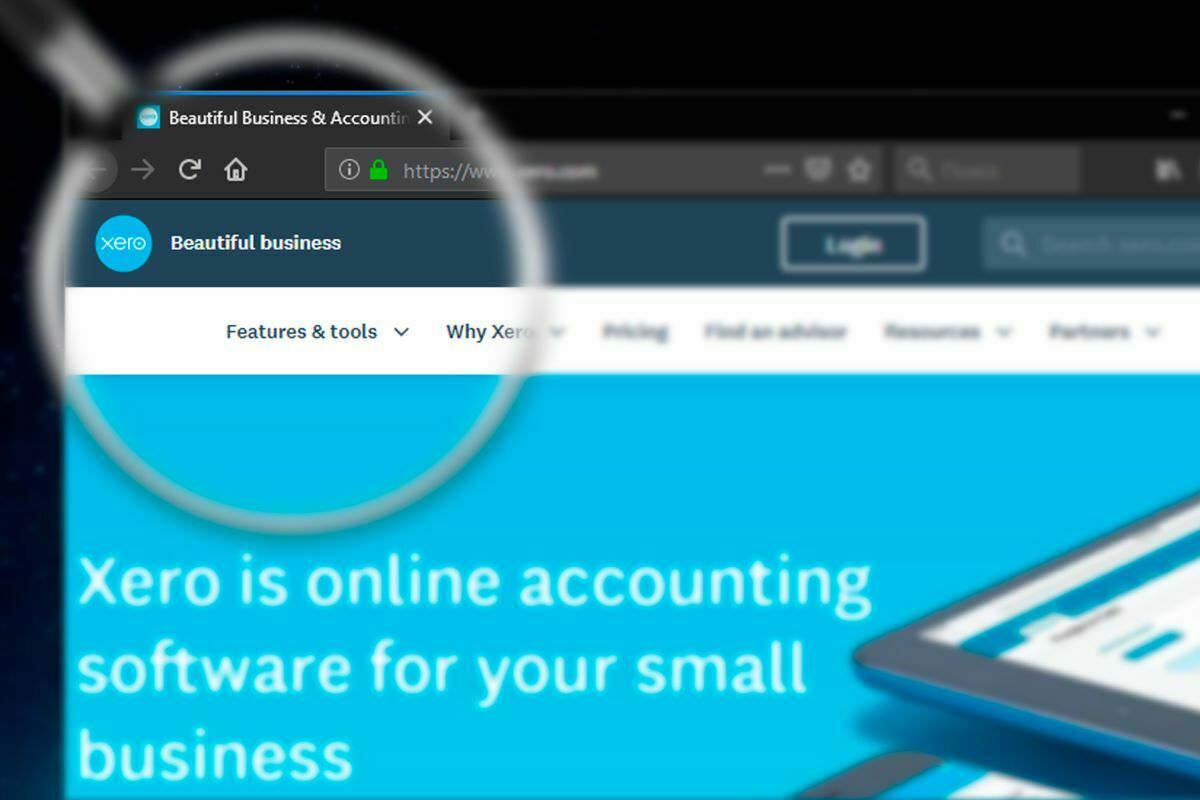
Understanding your cashflow statement
Understanding your cashflow statement
Understanding your cashflow statement means you know how your business has generated and used cash (and cash equivalents) within a specific time period. And this gives you an overall picture of your business performance.
It is another important financial statement to understand in conjunction with the Profit and Loss statement and the Balance sheet. These three reports provide a good understanding of the financial position of your business.
How does it work?
The cashflow statement integrates the information provided by the profit and loss statement and the balance sheet into a current cash position.
Your cashflow statement is reported on a cash basis, while your other financial statements are usually reported on an accrual basis. Accrual income (from the profit and loss statement) is converted to cash by calculating the changes in the balances of asset and liability accounts.
Report categories
Your statement of cashflows is organised into sections that report on different types of business activity.
- Operating activities - all business income, expenses, assets and liabilities (except for those assets and liabilities reported in investing and financing activities).
- Investing activities - the purchase and sale of long-term investments, property, plant and equipment as well as security deposits paid to suppliers or received from customers and dividends received.
- Financing activities - the changes in balances of equity accounts, for example, issuing and repurchase of stocks and bonds and payment of company dividends if applicable. Loans are also included in financing activities.
Formal financial report packages usually include notes to the financial statements. The notes contain supplemental information that explain significant items or activities that did not involve cash transactions.
Why is it useful?
Your cashflow statement gives you a valuable measure of cashflow in and out of the business over a given period. It shows the ability of your business to pay bills and fund operating activities. This gives you a picture of overall performance.
It also shows the relationships between assets, liabilities, equity and cash accounts. Your cashflow statement shows changes and movements over time. Whereas the balance sheet and profit and loss reports show account values at a single point in time.
Your cashflow statement gives you vital information on your business.
- How strong is your cash position?
- What is the long-term outlook for your business?
- What activities generate the most cashflow?
- What is the relationship between your net income and your operating activities?







